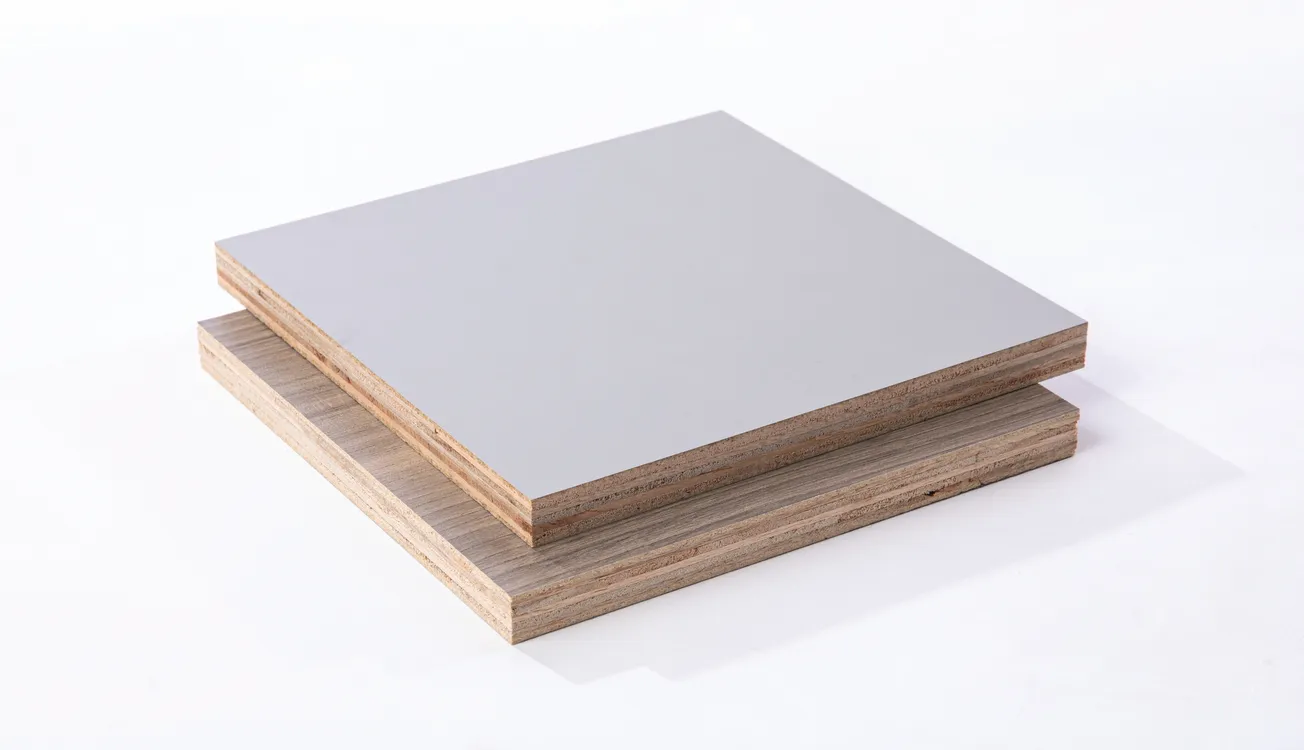Table of Contents
This is the number one complaint I hear: “I can’t get the buyer on the phone.” Here’s how to change that:
Reception
Most salespeople treat receptionists like furniture. The receptionist is our number one ally at every account and should be treated as such. When we speed through our greeting with the receptionist it screams, “I don’t give a darn about you, you’re unimportant, and I’m here just for the order.” This is why most salespeople receive poor treatment.
At many accounts the receptionist has influence, power and is often related to the buyer!
When you call, slow down to a nice, easy, “gal or guy next door” pace, put a slight smile on our face, and say, “Hello, this is James Olsen, from ABC Lumber. I’m calling you from Portland, Oregon. How are you today?” Now we have scratched all the itches they may not even know they had. This creates rapport and makes them want to help us. Our tone is friendly and easy; we are not in a rush and we are sincere. We raise our tone and add a little emphasis on you when we ask to make it sound sincere.
How do we handle the grumpy or officious receptionist? The same way. We are not intimidated; we remain friendly and upbeat. In the same relaxed tone, we ask, “Can you tell me the name of the person who does your lumber buying please?” I cannot stress this enough. Many sellers over-explain and beat around the bush.
Example: “Hi, well, my name is Tom Smith, and we’re obviously a lumber distribution company. I was just calling to find out who might be the person who buys your lumber.”
Get Their Cell Phone
When we get the buyer on the phone, we qualify them. Once qualified, after they give us their email, we casually ask, “By the way, could you give me your cell number?” There will be a slight pause, because they are taken aback. In that pause we say, “I promise I will never call you on it, unless you call me, but I will send you hot deals from time to time. A lot of my current customers are buying by text these days.” In this way we: (1) Alleviate their number one fear, (2) Give them a similar story, and (3) Tell them what’s in it for them. Approximately 60% will give us their cell phone number right there and the rest will know it is our expectation going forward for when we ask the next time.
Just Email Me
Many buyers will say, “Just email me and if I see anything I like, I will call you.” We say, “Tom, many of my customers are the same way. What I do with them is set up a 300-second meeting twice a month to talk on the phone. How about the second Wednesday of every month at this time? Does that work for you?”
Be Conversational By Email
Our subject line should be interesting. Something as simple as “Hot deal on 2×12.” Our emails should be conversational. Engage the buyer. Explain to them why what we are offering is a good deal and ask them directly to buy it from us. “Tom, the tally on this 2×12 is 1-2-3-4-5, heavy 16’ just how you like it. It is coming out of High-Quality Mill, the one you prefer. Shipment is quick, which I know you like. In addition, Tom, the market is firming, especially on the wides. Can I get your order number on this?”
Be Prepared
I tell a lot of my students, “Of course they aren’t coming to the phone for you, because when you get them on the phone you aren’t bringing any value. Why would they come to the phone for a ‘Are you needing anything today’ call? They won’t.
Load the gun. Make sure to have more than one item—maybe every item they buy from us—ready to offer with options and reasons they should buy on each.
Buyers are coming to the phone for salespeople who are bringing them value when they get them on the phone. We need to be that kind of salesperson.









